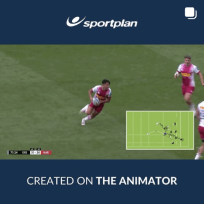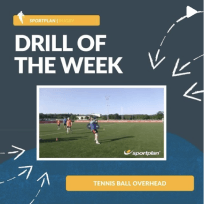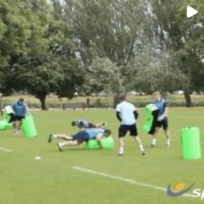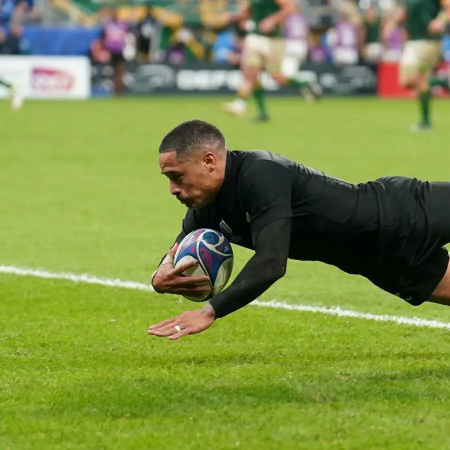Don't feel that you have to focus on all of the following coaching points, you may have your own. Select the points that most closely match your overall training and session goals.

in more ways than one




in more ways than one




Create a resolution to develop your coaching confidence by seizing the opportunity to discover new drills, turn ideas into action and seek advice from the coaching community.

World Rugby has reportedly conceded Aaron Smith's disallowed try in the World Cup final should have stood.

"It is not only useful for staff who are experienced but a valuable tool for those subject staff who have to take teams."